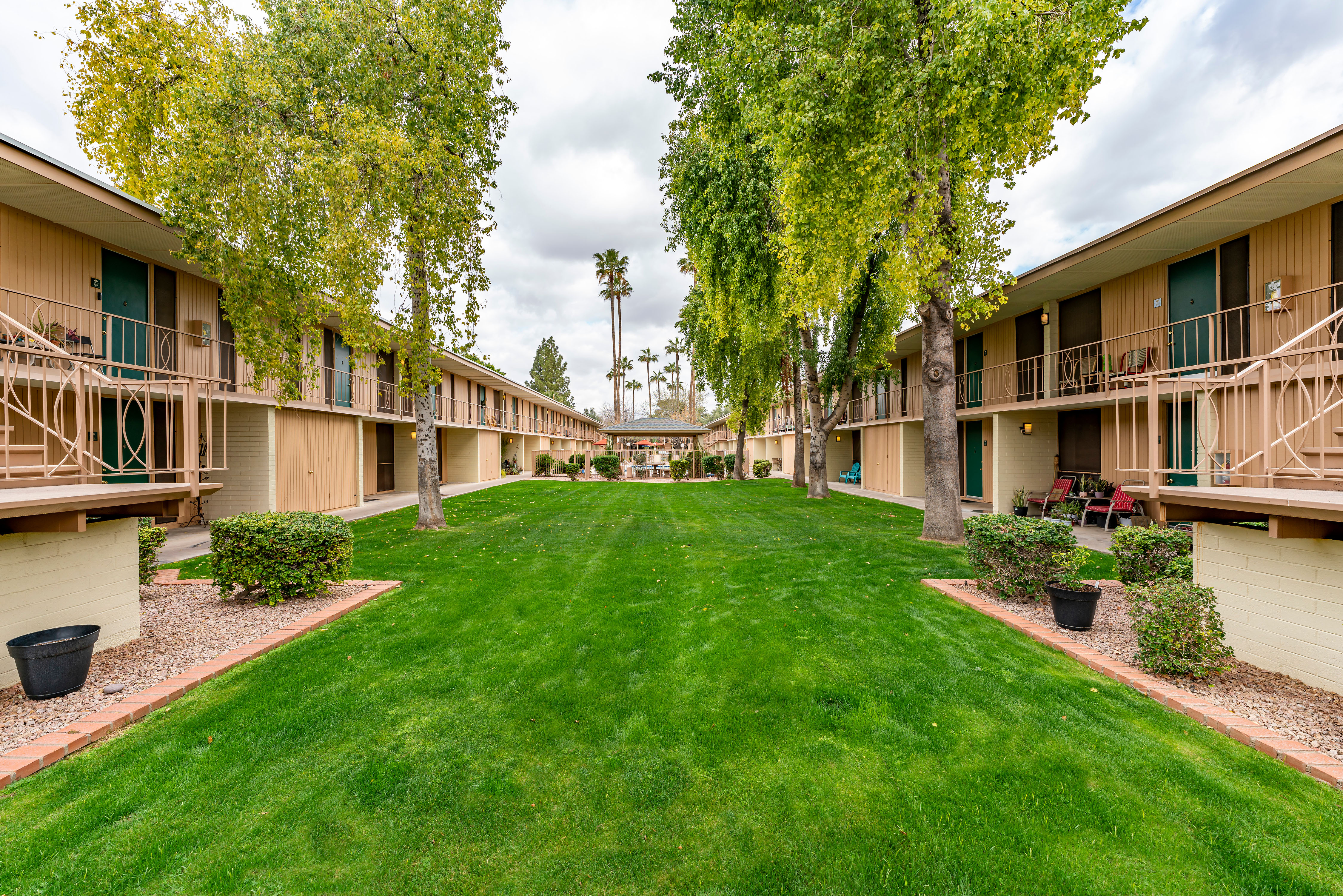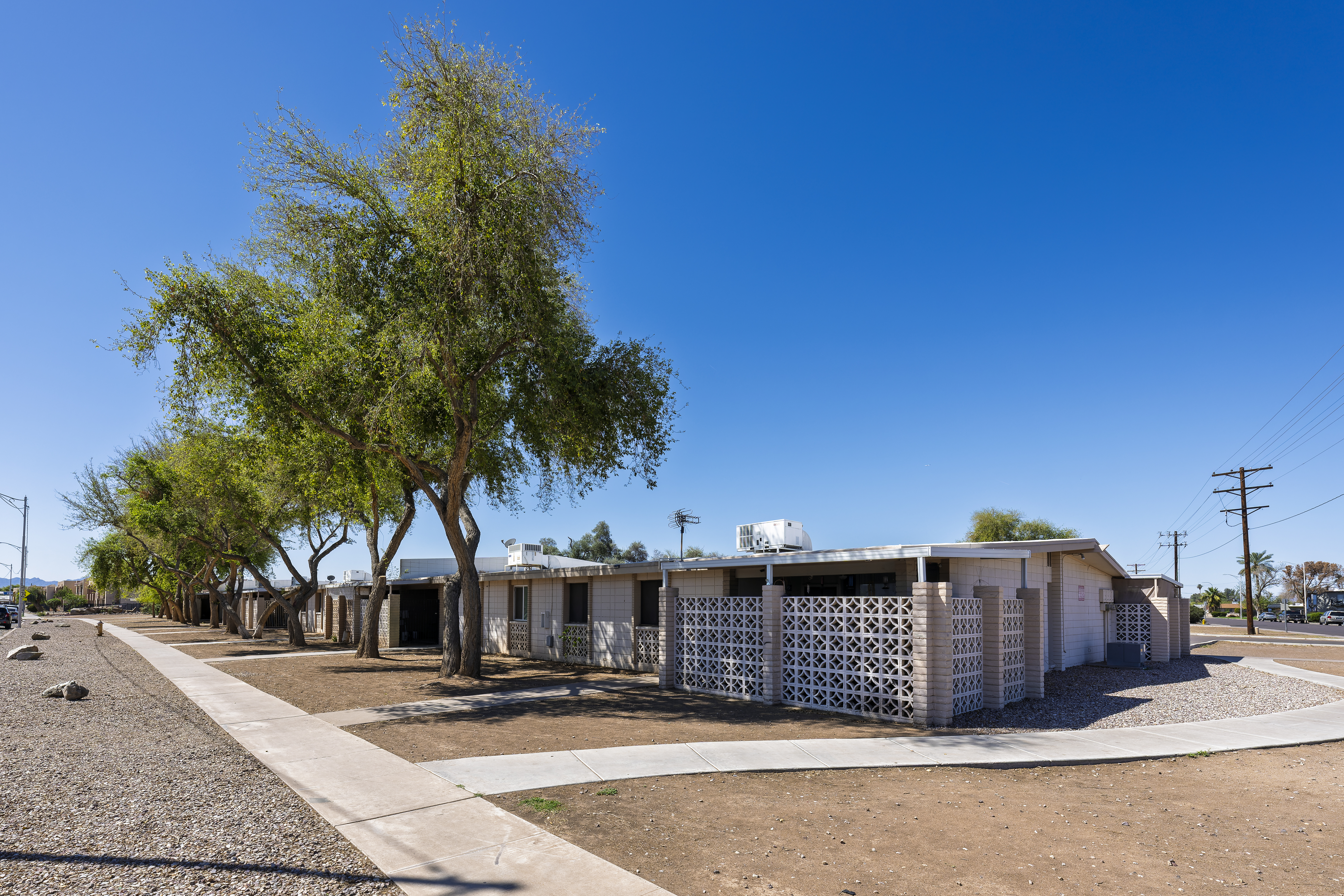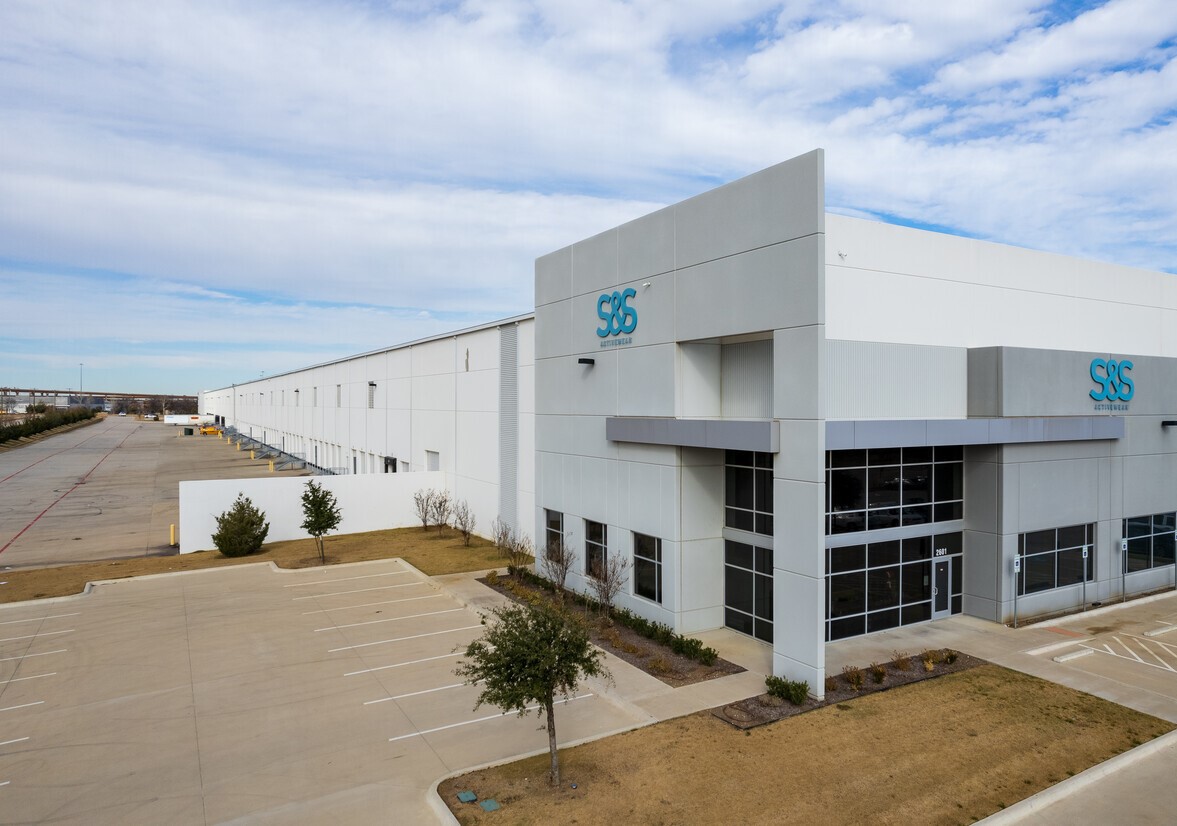Why cold storage assets are gaining steam
Demand for cold storage facilities surges as investors hunt for alternative investments
Logistics assets have seen record levels of deal activity in the last few years. But now cold storage warehouses are quickly playing catch-up.
Interest from investors has intensified since the pandemic due to the sustained demand from occupiers such as food and beverage producers and pharmaceutical companies. Cold storage investment volumes in Asia Pacific grew nearly fivefold from 2019 to hit US$1 billion in 2021, according to data from Real Capital Analytics.
In March this year, a joint venture between CapitaLand Investment and PGIM Real Estate completed the acquisition of Hansol Cold Storage Centre in Gwangju, South Korea, for KRW 90.2 billion (US$74 million) as part of its core logistics strategy in the country.
Cold storage facilities are likewise seeing booming growth in the U.S., where private-equity firm Bain Capital and real estate developer Barber Partners recently announced a US$500 million partnership to develop next-generation cold storage warehouses across the country.
Looking for more insights? Never miss an update.
The latest news, insights and opportunities from global commercial real estate markets straight to your inbox.
“Investors were mostly staying on the sidelines as cold storage was a relatively new product a few years ago,” says Pamela Ambler, Head of Investor Intelligence, Asia Pacific, JLL. “But that changed last year when many investors shifted their focus from general logistics to cold storage facilities as a means of diversification.”
On track for growth
Over the last five years, the record level of new logistics stock in Asia Pacific has driven record deal activity in both general warehouse and cold storage assets, according to JLL's cold storage report.
“The belated supply cycle for cold storage indicates that its deal volume trend is lagging conventional warehouses by three or four years,” says Ambler.
“This suggests the cold storage segment will likely experience increased deal activity in the next few years as more supply comes on stream.”
Take Japan and South Korea, which jointly account for nearly 50% of the overall general warehouse investment volume in the region over the last three years. The unprecedented levels of warehouse supply in both countries led to high transactional activity, culminating in sharp yield compression and capital value growth.
“We expect this pattern to be repeated in the cold storage sector over the next several years,” says Ambler. Currently, grade A cold storage stock is at a compound annual growth rate (CAGR) of 16% and 41% in Tokyo and Seoul respectively, JLL data shows.
Driven by strong growth in capital flows into the sector and robust demand tailwinds, cold storage yields are also compressing at a brisker pace than that of conventional warehouses.
The spread between cold storage and general warehouses has been tightening in more mature markets and is estimated between zero and 80 basis points (bps) in tier-one markets across Asia Pacific, according to JLL.
Investment Opportunities
Lower risk
Previously, lower liquidity and higher costs justified an additional risk premium for cold storage assets relative to general logistics, but these risks are gradually diminishing.
“The risks associated with cold storage are offset by structural tailwinds, including higher rental premiums, higher occupancy rates, longer weighted average lease expiries, as well as fixed rental escalation and triple net lease agreements,” says Ambler.
Part of this boils down to the continued surge in demand from businesses requiring cold storage spaces, particularly non-discretionary tenants such as pharmaceuticals and online grocers which boomed during the pandemic.
Based on estimates, the asset class will ultimately make up 10% to 15% of overall logistics stock as it continues attracting investor interest, Ambler says.
“In the Asia Pacific region, we expect investment in cold storage to quintuple and reach at least US$4 billion over the next decade.”
Contact Pamela Ambler
Head of Investor Intelligence, Asia Pacific, JLLWhat’s your investment ambition?
Uncover opportunities and capital sources all over the world and discover how we can help you achieve your investment goals.




